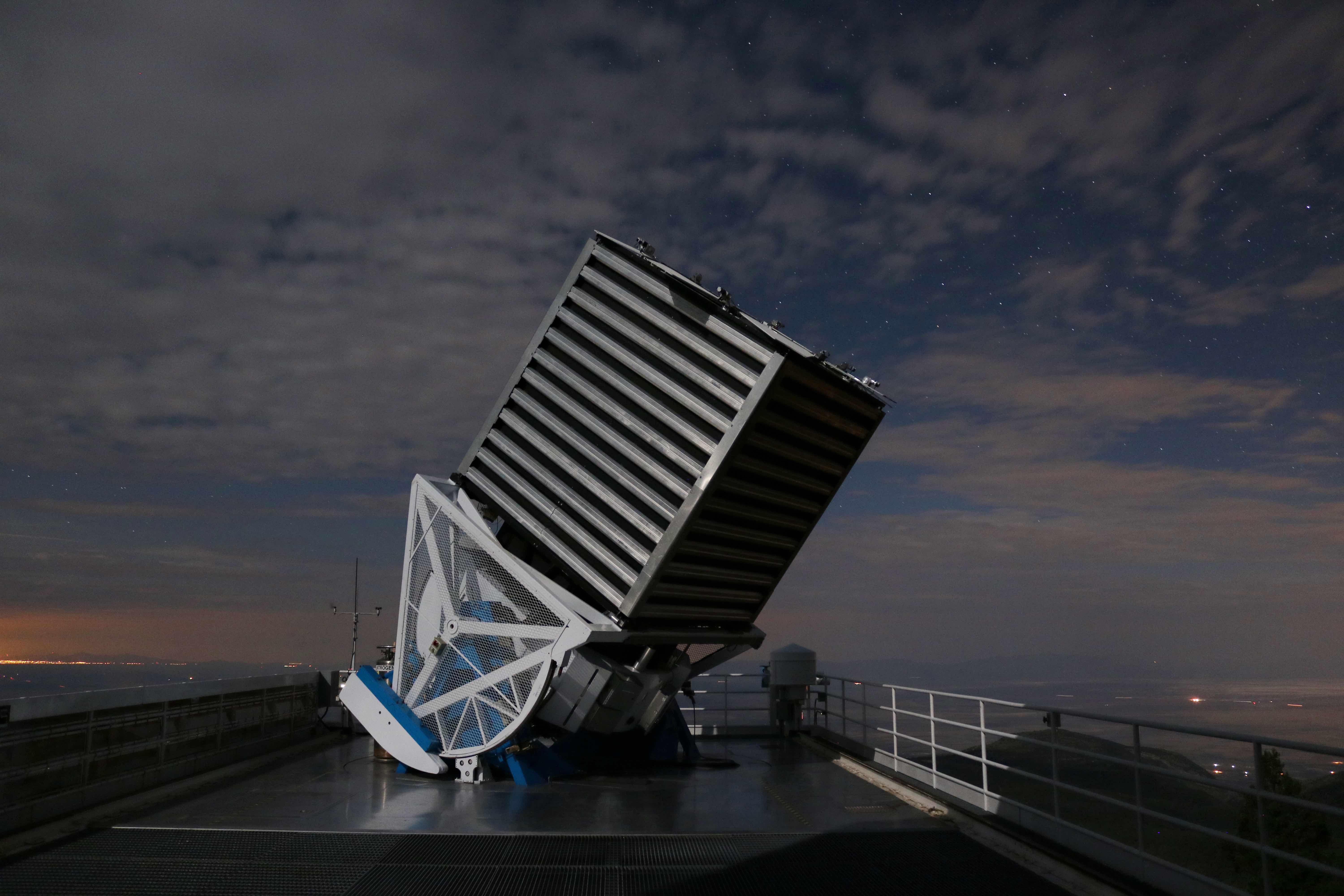Classifying celestial objects with ML
The aim of this notebook is the classification of observations of astronomical objects in three different categories: stars, galaxies, quasars. To do so I use data from the Sloan Digital Sky Survey Classification.
The data
The Sloan Digital Sky Survey is a project that periodically provides data from space imaging free to the public. This project specifically uses data from the RD14 data release.
For this purpose a special 2.5 m diameter telescope was built at the Apache Point Observatory in New Mexico, USA. The telescope uses a camera of 30 CCD-Chips with 2048x2048 image points each. The chips are ordered in 5 rows with 6 chips in each row. Each row observes the space through different optical filters (u, g, r, i, z) at wavelengths of approximately 354, 476, 628, 769, 925 nm.

The dataset contains the following features:
Object identity and position
- objid = Object Identifier
- ra = J2000 Right Ascension (r-band)
- dec = J2000 Declination (r-band)
Filters
- u = better of DeV/Exp magnitude fit
- g = better of DeV/Exp magnitude fit
- r = better of DeV/Exp magnitude fit
- i = better of DeV/Exp magnitude fit
- z = better of DeV/Exp magnitude fit
Acquisition metadata
- run = Run Number
- rereun = Rerun Number
- camcol = Camera column
- field = Field number
Object info
- specobjid = Object Identifier
- class = object class (galaxy, star or quasar object)
- redshift = Final Redshift
- plate = plate number
- mjd = MJD of observation
- fiberid = fiber ID
Some features are removed as they consist of unique identifiers or are irrelevant to the identification of astronomical objects:
objid, specobjid,fiberid,mjd,plate, rerun, run
The following color channels are also removed, as they are highly correlated with each other and another channel:
r, i, z
Training and optimizing the model
The algorithm chosen for the classification task is XGBoost Classifier.
Algorythm optimization is achieved with a gridsearch and the parameters of the best performing model are:
{'gamma': 1,
'learning_rate': 0.05,
'max_depth': 6,
'min_child_weight': 1,
'n_estimators': 100}
After optimization the scores for the train and test set are, respectively 0.998 and 0.99.




